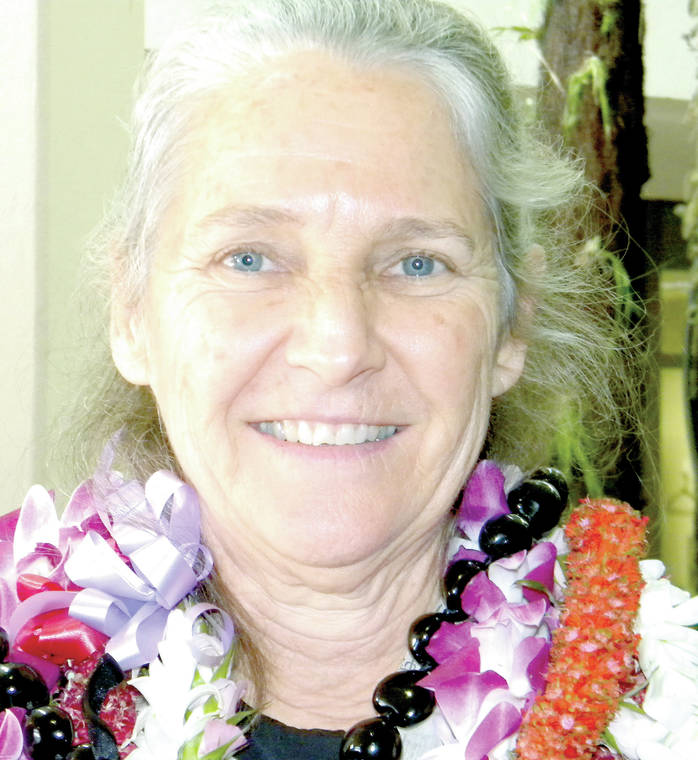‘Action plan’ necessary for county to access federal disaster recovery grant
A $66.9 million federal grant heading to the state for disaster recovery was welcomed news for Hawaii County officials.
But the county still faces a few more hurdles before it gets its share of the U.S. Department of Housing and Urban Development funding.
ADVERTISING
“We’re really excited about it,” said Diane Ley, county Research and Development director. “It’s a big opportunity that Congress and the Trump administration have provided for recovery efforts.”
To access the grant, which U.S. Sen. Brian Schatz announced Monday, the county will have to develop an “action plan” that would identify gaps in recovery efforts from last year’s Kilauea eruption. Ley said that should be done about the same time as a long-term recovery plan, expected to be drafted toward the end of the year.
She said the funds could be used for building new homes, replacing infrastructure, assisting businesses and other recovery efforts in lower Puna, where 716 permitted structures were destroyed.
Ley said the county can use these funds as matches for other federal assistance programs.
In addition to Hawaii County, the grant, part of a bill that passed last year, is meant to assist with recovery from major flooding on Oahu and Kauai, she said. Damage from Hurricane Lane on Hawaii Island isn’t included.
It’s not clear yet how much Hawaii County will receive from this grant, which falls under the USDA Community Development Block Grant Disaster Recovery program. Schatz said he expects the “vast majority” to go to the county.
Ley said the county has a shot at additional USDA Community Development Block Grant funds under another disaster recovery bill that remains stalled in Congress.
The county hired a consultant, Tetra Tech, to develop the recovery plan, with the help of community input.
No public meetings have been scheduled yet, but county officials say they continue to meet with small groups to gain feedback.
Bob Agres, the county’s engagement manager for disaster recovery, said his team has met with hundreds of residents, including students.
While public meetings are expected, he said it’s harder to build trust in larger gatherings.
“We’re trying to change the dynamic,” Agres said.
He said a goal of recovery is to address the socio-economic problems of the area, not just the damage from the volcano.
“You can’t get to resiliency when folks are still dealing with basic needs,” Agres said.
Email Tom Callis at tcallis@hawaiitribune-herald.com.





